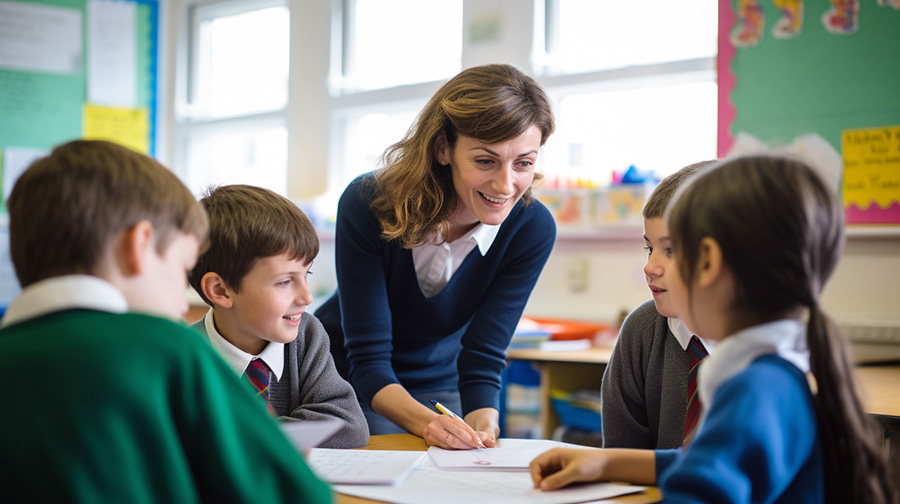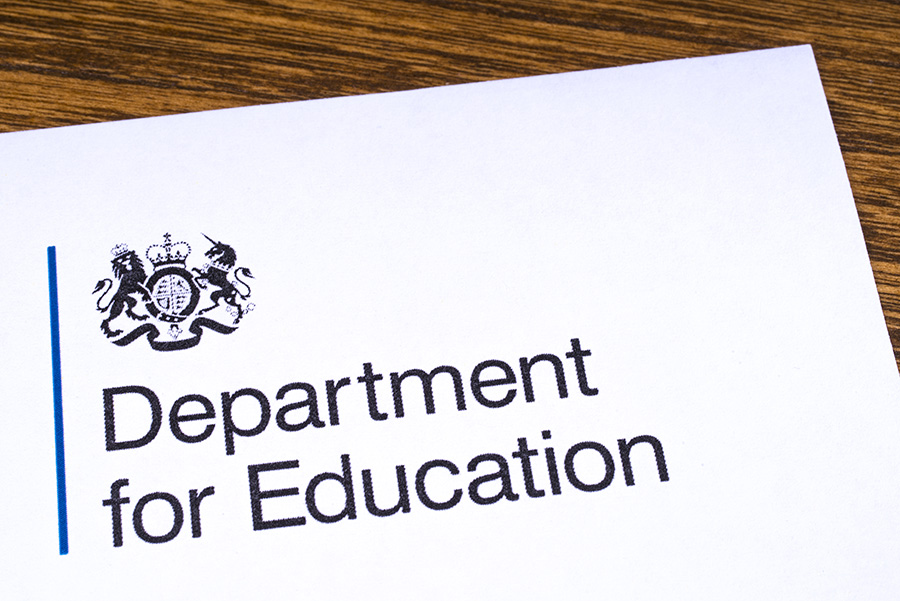The global pandemic has reshaped many facets of our lives, with education being one of the most impacted sectors. The ‘Education Recovery in Schools: Spring 2022‘ report, unveiled by the government this April, casts a spotlight on a pressing concern: the widening attainment gap. As educators grapple with the repercussions of lockdowns and interrupted formal education, the challenge of closing the attainment gap looms large.
This guide, rooted in the report’s findings, offers a roadmap for schools and educators committed to closing the attainment gap. It not only highlights the subjects and student groups most affected but also showcases the strategies that have proven effective in schools across the country.
From the pronounced gaps in subjects like mathematics and phonics to the unique challenges faced by students from disadvantaged backgrounds, we delve into the multifaceted nature of the current educational landscape. Moreover, we explore the innovative solutions schools are employing, from tailored curriculums to strategic assessments, all aimed at closing the attainment gap.

Where is the attainment gap most prominent?
The areas that were most affected were subjects where new learning built on previous knowledge. If the basic understanding of these subjects was not there, then pupils would struggle to progress.
The areas reported to be the most severely affected were:
- mathematics
- phonics
- reading
- writing stamina and handwriting
- languages, particularly in pupils’ speaking and listening skills
- physical education (PE)
- Students from disadvantaged backgrounds
Students from disadvantaged backgrounds may come from low-income families, live in under-resourced neighbourhoods, or lack access to quality education and healthcare. They might also face challenges related to their socio-economic status, such as food insecurity, unstable housing, or limited access to technology.
Have any year groups been affected more than others?
While the pandemic’s impact on education has been widespread, certain year groups have felt its effects more acutely. Notably, children in Reception have been significantly affected, with many educational leaders voicing concerns about their speech and language development. This foundational year is crucial for setting the stage for future learning, and disruptions here can have long-term implications for closing the attainment gap.
Furthermore, children with special educational needs and/or disabilities, along with those from disadvantaged backgrounds, are at a heightened risk. These groups already faced challenges pre-pandemic, and the current situation has exacerbated their position, making the task of closing the attainment gap even more pressing for them.
How are schools closing the attainment gap?
Schools did well when they had a clear intention for the curriculum and knew exactly what needed assessing before learning began. They used a range of informal assessment practices to identify what the pupils already knew and had learned over the past few years.
They used these findings to adapt the curriculum and go over subjects and content which had not been learned well. They taught the most important knowledge first and went from there.
It was also important for these assessment practices to highlight any pupils or groups of pupils who needed more support. They were using tutoring and one-to-one interventions. According to the report, most schools used the school-led route offered by the National Tutoring Programme.
Strategies to Close the Attainment Gap
In the quest for closing the attainment gap, several strategies have emerged as particularly effective. Firstly, curriculum clarity stands out as a cornerstone. Schools with a well-defined curriculum and assessment strategy are better positioned to identify and address learning gaps. By understanding what students already grasp, educators can refine the curriculum to target specific areas of need. Secondly, prioritising knowledge is essential. By focusing on foundational knowledge first, schools can ensure students have a solid base upon which to build further learning. Lastly, targeted interventions, such as tutoring and one-on-one sessions, have proven invaluable. Leveraging resources like the National Tutoring Programme can provide the tailored support students need, playing a pivotal role in closing the attainment gap.
Curriculum Clarity: Schools that had a well-defined curriculum and assessment strategy fared better. By identifying what students already knew, they could tailor the curriculum to address gaps.
Prioritising Knowledge: Teach crucial knowledge first and build upon it.
Targeted Interventions: Use tutoring and one-on-one sessions, leveraging resources like the National Tutoring Programme.
How exactly is assessment being used to close the attainment gap?
Both formative and summative assessment practices were used to give schools information and allow them to monitor success.
They were able to see how any changes and adaptations they were making as a school were working and where the gaps in learning were closing.
Regular assessments took place such as:
- regular knowledge retrieval activities
- targeted questioning
- low-stakes quizzes
- revision tasks to carry out their prior learning checks
- mini tests
What did the report find were the most effective assessment methods?
- Leaders needed to have a clear strategic plan, and to clearly define what essential knowledge needed assessing.
- Making sure that knowledge was secure and using assessment to confirm understanding before the pupils moved on.
- Adapting the curriculum to cover any gaps in knowledge.
- Reviewing routinely what pupils had learned in previous years, not just in recent units.
- Assessment should be used in both core and foundation subjects and catch-up sessions in each subject where gaps are apparent.
- Providing more feedback to pupils.
- Using more peer and self-assessment.
- Timely attention to pupils’ needs and adaptive teaching when gaps were identified.

How schools can use this report to implement effective catch-up strategies
Raising attainment has always been an important topic within schools, but more now than ever.
The effects of the lockdowns and missing school have impacted these groups more than any other. But all pupils have suffered some kind of loss of learning over the past few years.
The findings of this new report can be used to implement new strategies and inform curriculum planning across the school. It is important that these gaps are addressed as quickly as possible so that the children can catch up and not be affected in the long run. This will add a lot of work and pressure to schools, so we hope that the above tips can help.
Conclusion
In the wake of the pandemic’s disruptions, the focus on closing the attainment gap has intensified. Subjects like mathematics, phonics, reading, and more have seen pronounced disparities. The gap is even more apparent among students from disadvantaged backgrounds, those in reception years, and children with special needs. However, schools have risen to the challenge.
Using a combination of clear curriculum strategies, prioritizing foundational knowledge, and utilizing targeted interventions, educators are making significant strides in closing the attainment gap. Assessments, both formative and summative, serve as invaluable tools in this endeavor, allowing schools to continuously measure and refine their approaches. This report underscores the imperative of closing the attainment gap. Now, more than ever, it’s paramount for schools to harness the right strategies and resources, ensuring every student, regardless of background, can thrive. Our students’ futures and the very integrity of our education system hang in the balance, making the task of closing the attainment gap a top priority for all involved.
Ready to Bridge the Gap? Act Now for a Brighter Educational Future!
Elevate your teaching approach with tailored tools. Customised student planners not only benefit students but also streamline curriculum planning for educators.